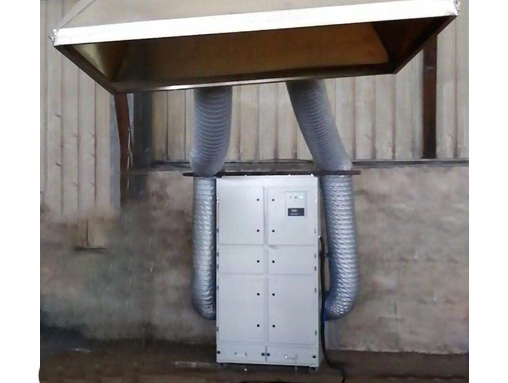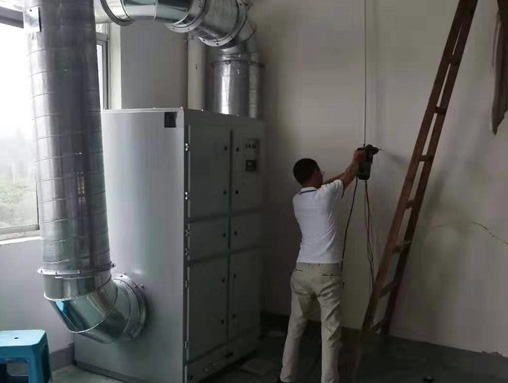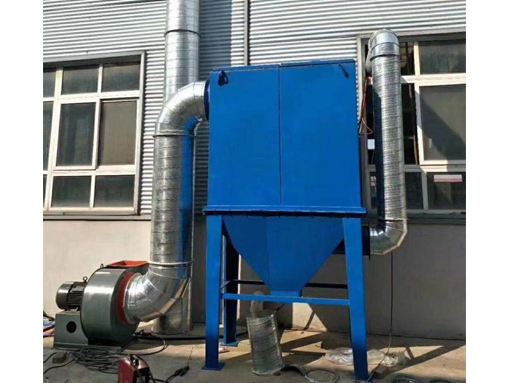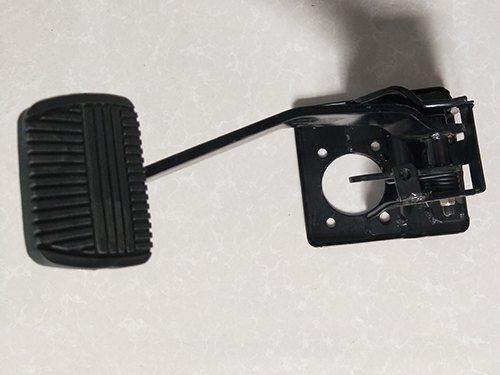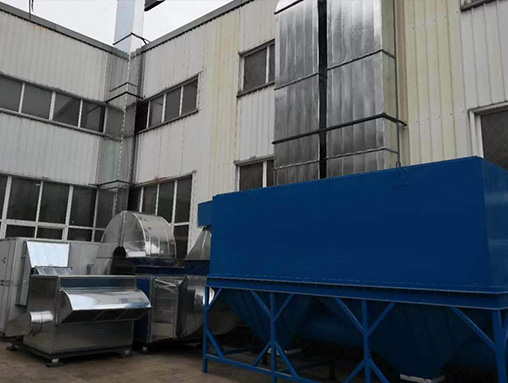The tendency and control of deformation in cold stamping parts
During the stamping process, different parts of the deformed blank may undergo various plastic deformations under the action of the same mold, that is, they have different deformation tendencies. However, due to different factors such as the stress state of each part of the blank, the mode of action of the mold, the effect of external friction, and changes in mechanical properties, not all deformation methods can be achieved. On the other hand, in order to control the deformation of the blank in each stamping process for the required shape and size of the stamped parts, in addition to the deformation of the parts that should be deformed, any other possible deformation of the blank should also be excluded.
Therefore, it is an important issue in stamping production to study the conditions under which various deformations occur in the blank during various stamping deformation processes, and to achieve control over the deformation of the blank through measures such as correctly determining various deformation parameters and designing the deformation process and working parts of the mold reasonably.
The study of deformation tendency and control methods can serve as a basis for determining various deformation process parameters, developing process procedures, designing molds, and analyzing certain product quality issues that may arise during the stamping process.
The deformation zone and force transmission zone of the same blank are adjacent, and the nature and magnitude of the internal forces acting on their interfaces are the same. Under the action of an internal force, they may all undergo plastic deformation. However, due to the different ways in which they may undergo plastic deformation and the different size relationships between them, there is usually a region that requires relatively small plastic deformation force, resulting in the first plastic state and plastic deformation. It can be considered that this area is a relatively weak area. In order to ensure the smooth progress of the stamping process, the part of the blank that should be deformed - the deformation zone - becomes the weak zone, because only in this way can plastic deformation be limited to the deformation zone and the possibility of any plastic deformation occurring in the force transmission zone be ruled out. This principle can be summarized as follows: the area that requires less deformation force during the stamping process is a relatively weak area, and the weak area must deform first.
Metal stamping parts; Handling common and specific problems in production:
(1) When the cutting edge wears out, the tensile stress on the material increases, and the tendency for the stamped part to flip and twist increases. When flipping materials, the punching size will tend to decrease.
(2) The strong pressure on the material causes plastic deformation, which can lead to an increase in punching size. When reducing the pressure, the punching size will tend to be smaller.
(3) The shape of the end of the convex die blade. If a slope or arc is made at the end, due to the reduced cutting force, the punching part is less likely to flip or twist, resulting in a larger punching size. When the end of the punch is flat (without a slope or arc), the punching size will relatively decrease.
Inspection method for oilstone polishing of stamping parts:
1. First, wipe the surface of the outer covering with clean gauze, and then polish it with an oilstone (20 × 20 × 100mm or larger). For areas with arcs and difficult to reach areas, use relatively small oilstones (such as 8 × 100mm semi-circular oilstones).
2. The selection of oil stone particle size depends on the surface condition (such as roughness, galvanizing, etc.). Suggest using fine-grained oilstone. The direction of oilstone polishing is basically along the longitudinal direction, and it fits well with the surface of the stamped part. In some places, horizontal polishing can also be added.
How to choose materials for stamping parts
Due to the convenience of operating the spring-loaded unloading mold compared to a fixed unloading mold, the operator can see the feeding action of the strip in the mold, and the spring-loaded unloading plate applies a flexible force to the strip during unloading, which will not damage the surface of the workpiece. Therefore, in practical design, the spring-loaded unloading plate is preferred, and only when the unloading force of the spring-loaded unloading plate is insufficient, a fixed unloading plate is used instead. Whether to use a spring-loaded discharge plate or a fixed discharge plate for stamping parts depends on the magnitude of the discharge force, with material thickness being the main consideration factor.
The hardness testing of stamped parts adopts Rockwell hardness tester. Small and complex shaped stamped parts can be used to test surfaces that are too small to be tested on ordinary desktop Rockwell hardness testers. Alloy stamping parts are commonly used components in metal processing and mechanical manufacturing. Stamping processing is a processing method that uses molds to separate or shape metal plates and strips. Its application range is broad.
Stamping processing includes processes such as punching, bending, deep drawing, forming, and finishing. The materials used for stamping processing are mainly hot-rolled or cold-rolled (mainly cold-rolled) metal sheet and strip materials, such as carbon steel plate, galvanized plate, tin plated plate, copper and copper alloy plate, aluminum and aluminum alloy plate, etc.
